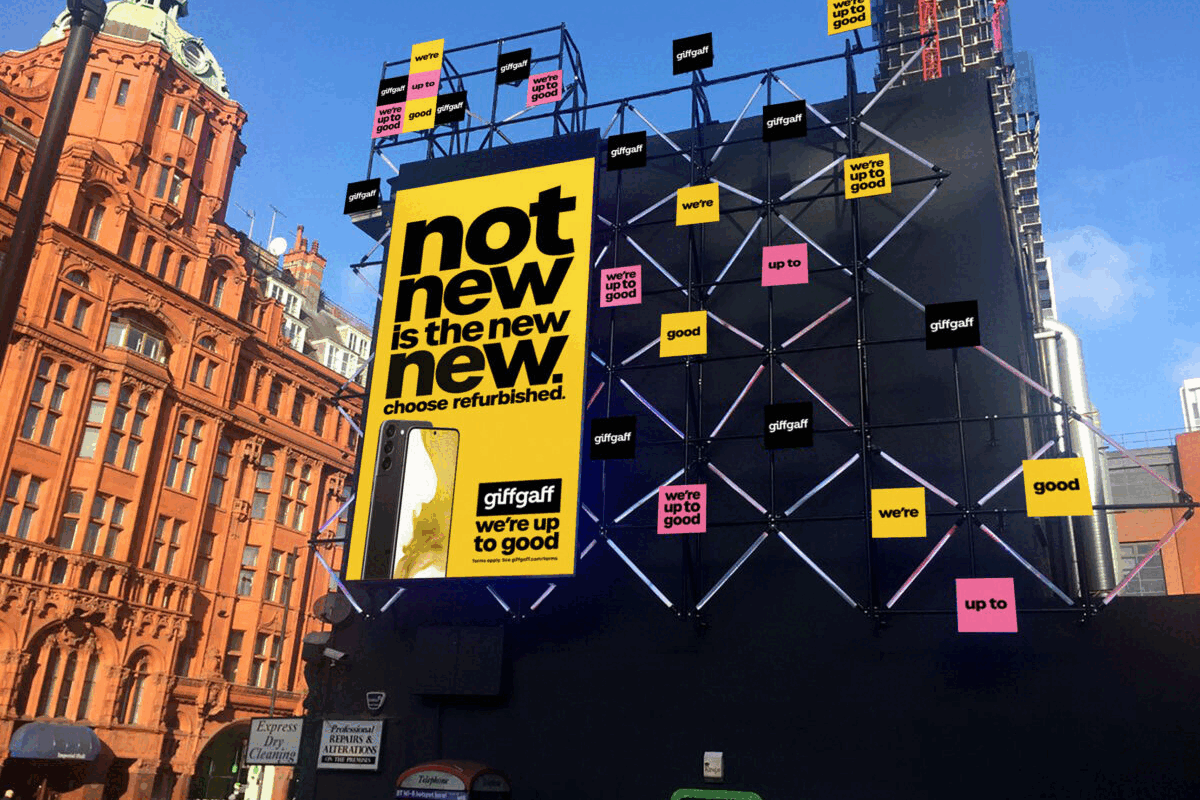Viewability for display ads is just 50 per cent, video 60 per cent, WFA study finds
- Thursday, March 29th, 2018
- Share this article:
 A study by the World Federation of Advertisers (WFA) has found that the reported average viewability from Media Rating Council (MRC) accredited companies for display is just under 50 per cent, with video averaging 60 per cent, with at least four out of 10 impressions unviewed.
A study by the World Federation of Advertisers (WFA) has found that the reported average viewability from Media Rating Council (MRC) accredited companies for display is just under 50 per cent, with video averaging 60 per cent, with at least four out of 10 impressions unviewed.
The Global Viewability Benchmarking report, which covers more than 20 of the biggest ad markets for both desktop and mobile viewability, has found a marginal improvement – 0.6 per cent – in performance for display, and a more significant rise for video – up four percentage points – during the first half of 2017, the latest period for which data is available, compared to 2016. Norway is leading the charge with a rise of 16 percentage points.
The improvement in video performance is believed to be down to the pivot to premium sites among advertisers and a gradual removal of long-tail, less effective publishers.
The study, which is based on data collated from seven leading verification companies, found that average display viewability was highest in Sweden (52 per cent) and worst in Russia (32 per cent), which performed 10 points worse than the second-lowest market (China). Video performance was best in Austria, where 72 per cent of video was seen, with Indonesia coming in last at 35 per cent.
The study uses MRC definitions to define viewability – 50 per cent of surface area in view for one second for display and 50 per cent for two seconds for video.
The findings are based on a data pool of billions of impressions and the viewability figures report on total net impressions to remove reporting on invalid traffic, which is often associated with high viewability, and stop it influencing the findings.
By working with seven leading verification companies – Adloox, comScore, DV, IAS, Meetrics, Moat and Pixalate – the WFA hopes to provide the global marketing industry with clear benchmarks to assess the performance of their own advertising.
The data does not include either Facebook or YouTube because there are limits on what verification companies can track on these platforms. This is changing, however, and Facebook, for example, now partners with a growing number of third-party verification companies across video and display.
“Viewability is expected to be lower in news feed environments, linked to the speed users scroll through content, so a true census of the market would probably find lower global viewability levels than those identified by the WFA’s data,” said Green. “Independent, third party measurement is critically important to advertisers and we encourage all platforms to accept third-party scripts and to adopt industry standards.”
The WFA is also working alongside IAB Europe, EACA, JICWEBS in the UK, AGOF in Germany and Digital Ad Trust in France to improve viewability standards in Europe and beyond. There are also efforts being made in individual markets to raise standards so that brands can trade against a higher viewability standard as a norm. In the UK, for example, ISBA has announced plans to give brands the ability to buy display at 100 per cent in-view.
“Global viewability levels associated with the MRC’s definition of 50 per cent of surface area are not advancing particularly fast, but we expect this to change as more global marketers and national advertiser associations specify a higher basic viewability threshold,” said Matt Green, global lead, media & digital, at the WFA. “Ultimately, brands should be able to trade on whatever viewability level delivers the required outcome at the right cost. It’s worth also remembering that viewability is important but ultimately meaningless if the ‘viewer’ was not human. Advertisers should seek to ensure that all impressions are viewable, seen by a human and in a brand-safe environment”.
One of the challenges for marketers is that different verification companies can produce very different average viewability rates for each market. Australia is the worst market for display, where the lowest viewability rating was 26 per cent, but the highest is 88 per cent across the six vendors who cover the market. The greatest divergence for video was seen in the Netherlands where the range across four vendors was 57 percentage points, with a low of 11 per cent and a high of 68 per cent in-view impressions. Other markets showed much closer alignment between vendors and was as little as four percentage points for US video viewability.
“A divergence between vendors for viewability does not mean that one is right and one wrong but is a reflection of the fact that each company is working with a different set of clients, each deploying its own choice of formats and placements,” said Green. “However, it’s worth drawing attention to the fact that there are still variances in technique and technology provided by verification companies. Marketers need to assess the way viewability companies measure, paying particular attention to how this works in mobile and in-app environments.”















